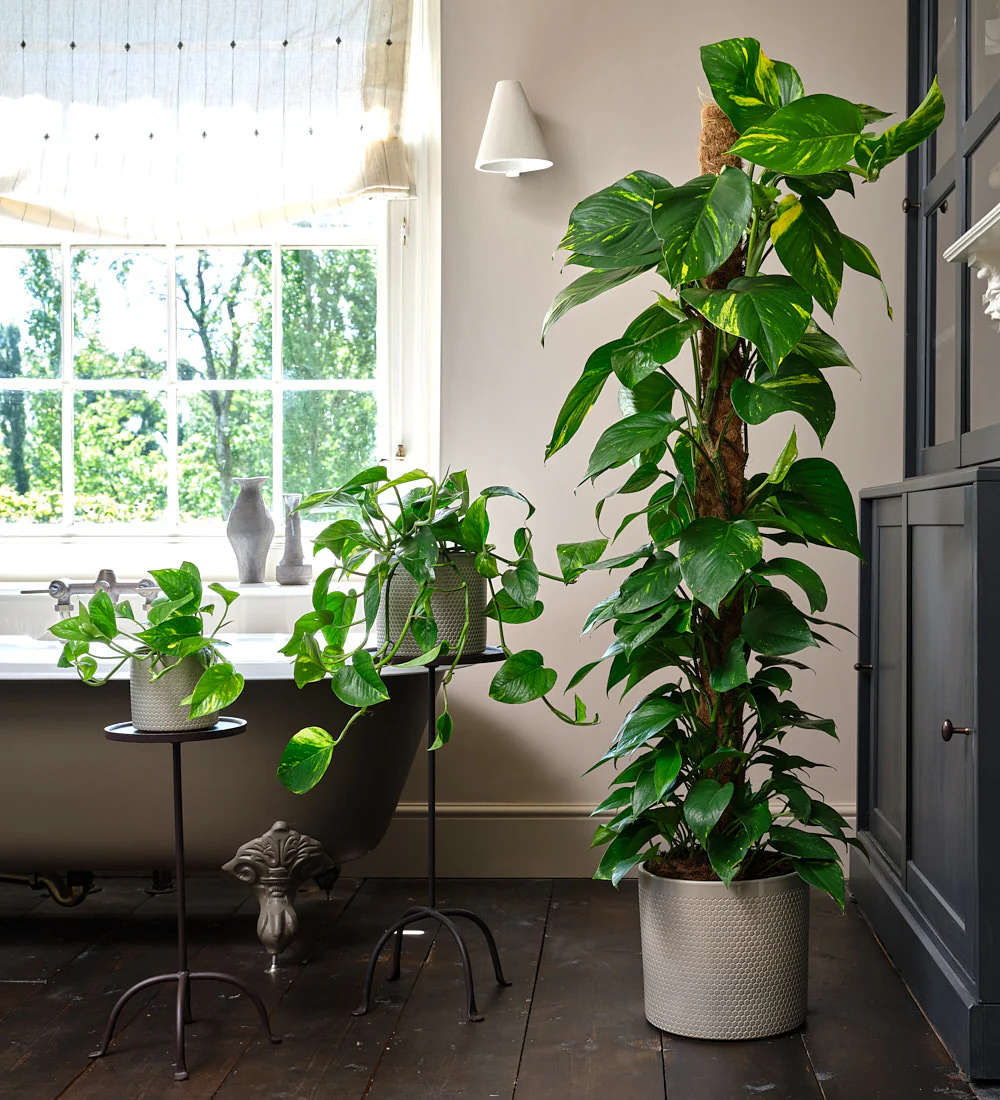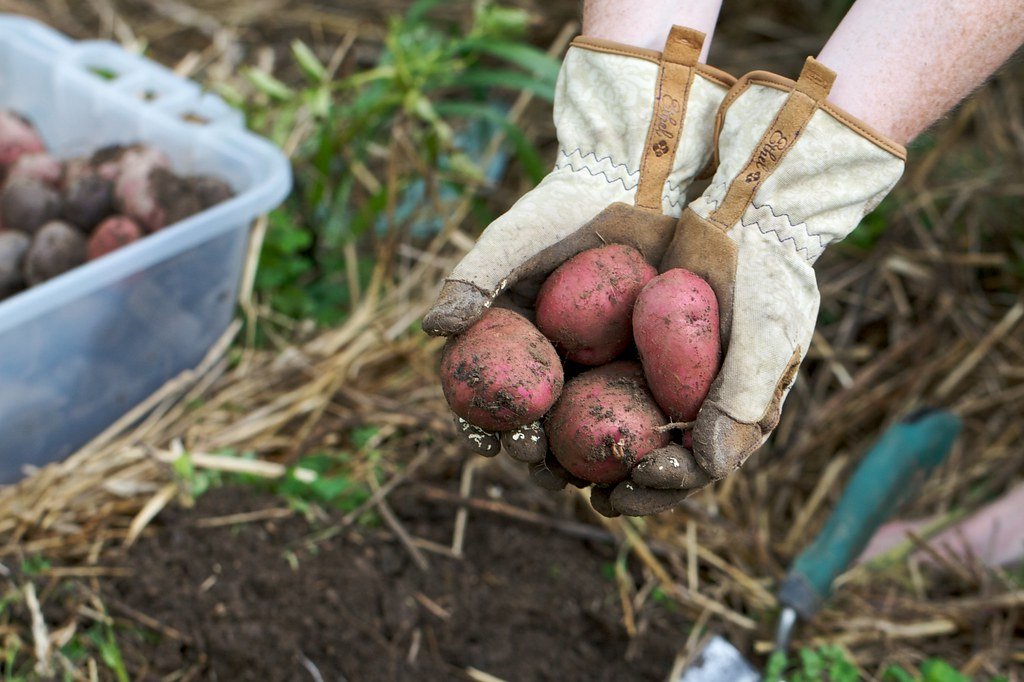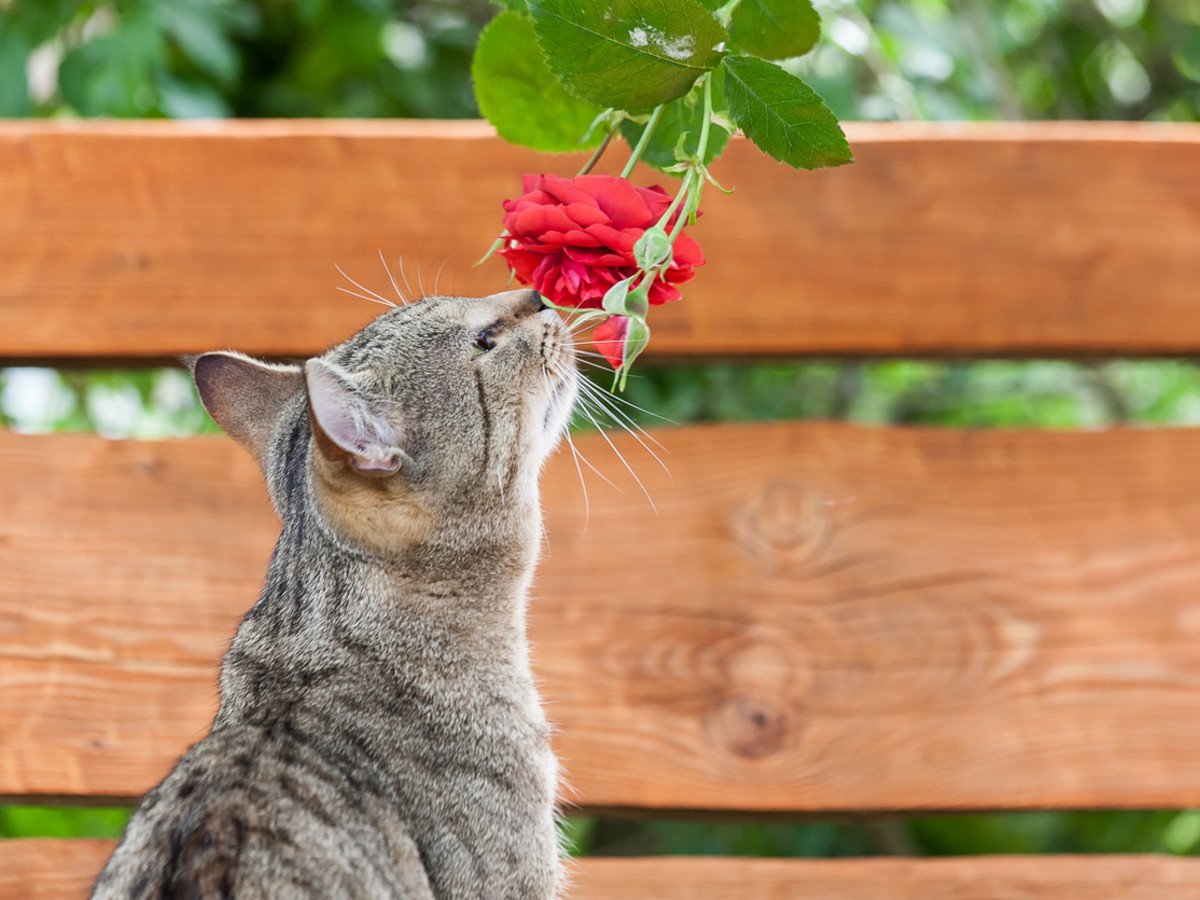The Ultimate Guide to Pothos Plant Care: Grow the Easiest Houseplant Ever
Welcome to Garden KT! If there is one houseplant that every single plant enthusiast, from the absolute beginner to the seasoned collector, knows and loves, it is the Pothos. Often affectionately nicknamed “Devil’s Ivy” for its vigorous growth and remarkable ability to survive in less-than-ideal conditions, the Pothos (Epipremnum aureum) is truly one of the most forgiving and visually rewarding plants you can invite into your home.
Its lush, heart-shaped foliage and dramatic trailing vines have made it a staple in indoor gardens worldwide. But while the Pothos is low-maintenance, providing it with the right care ensures it doesn’t just survive, but absolutely thrives, producing long, vibrant vines and large, healthy leaves.
This comprehensive guide to pothos plant care is designed to walk you through every essential step, from choosing the right variety to troubleshooting common issues, ensuring your Pothos becomes a spectacular, long-lasting centerpiece in your living space.
The Pothos Plant: A Versatile Houseplant Hero
Before diving into the specifics of pothos plant care, it helps to understand what makes this plant so unique and resilient.
Botanical Identity and Origin
The Pothos (Epipremnum aureum) is a tropical vine native to the Solomon Islands and Southeast Asia. In its natural environment, it serves as a ground cover or climbs the trunks of large trees, which is why it has such a strong vining habit indoors.
- Common Names: While technically a Pothos, it is frequently sold under names like Golden Pothos (referring to the most common variety) or Devil’s Ivy.
- Toxicity Warning: Despite its friendly nature and ease of care, it is crucial to note that Pothos is mildly toxic to both pets and humans if ingested. It contains calcium oxalate crystals, which can cause oral irritation, swelling, and digestive upset. Always place your Pothos plant out of reach of curious children and pets.
Why Choose a Pothos?
The plant’s popularity stems from a few key attributes:
- Adaptability to Light: It tolerates a wide range of light conditions, making it suitable for almost any room.
- Drought Tolerance: It handles missed waterings better than most houseplants, letting you know when it’s thirsty with dramatic, drooping leaves that quickly bounce back.
- Ease of Propagation: It is one of the simplest plants to multiply from cuttings, making it easy to share with friends or fill out your own planters.
Essential Pothos Plant Care Requirements
Mastering the basics of light, water, and soil is the foundation for successful pothos plant care.
1. Light: The Key to Color and Growth
Pothos is famous for its adaptability, but the amount of light it receives directly impacts its health, growth rate, and most importantly, the vibrancy of its variegation.
| Light Condition | Impact on Pothos | Ideal Placement |
| Bright, Indirect Light | Optimal growth rate; maintains vibrant variegation (white/yellow streaks). | Near an east- or west-facing window; set back a few feet from a south-facing window. |
| Medium Indirect Light | Good growth; slight reduction in variegation. | Near a north-facing window; middle of a brightly lit room. |
| Low Light | Slow growth; variegated varieties will begin to revert to solid green (loss of white/yellow color) to maximize chlorophyll. | Corner of a room; office desks with only artificial light. |
| Direct Sun | Avoid. Intense, direct sun, especially afternoon sun, will scorch the leaves, leading to brown, crispy spots. | Never directly in a hot, south- or west-facing window without protection. |
Expert Tip: If you notice the white or yellow splashes on your variegated Pothos (like ‘Marble Queen’ or ‘Golden’) are starting to disappear and the leaves are becoming solid green, move the plant to a brighter location to encourage the return of its colorful patterns.
2. Watering: The Biggest Mistake to Avoid
Overwatering is the single most common cause of problems for the Pothos. Its roots are susceptible to rot if they sit in constantly saturated soil.
- The Golden Rule: Only water your Pothos when the top 1 to 2 inches of soil are completely dry. A more accurate signal is when the leaves start to look visibly limp or droopy. They are very dramatic when thirsty and will perk up quickly after a good soak.
- How to Water: Water thoroughly until water drains from the pot’s drainage holes. Discard any excess water collected in the saucer after about 15-20 minutes. Never let the pot sit in standing water.
- Seasonal Adjustment: Reduce watering frequency significantly in the fall and winter when the plant’s growth naturally slows down. The soil will stay wet longer during these cooler months.
3. Soil and Repotting
Pothos requires a well-draining potting mix that still retains some moisture but allows for excellent aeration to prevent root rot.
- Soil Blend: A standard, high-quality houseplant potting mix is usually sufficient. To improve drainage, you can amend the mix by adding perlite or orchid bark (about 20-30% of the total volume).
- Repotting Frequency: Pothos are generally happiest when slightly root-bound. You typically only need to repot them every 1 to 2 years, or when you notice roots growing out of the drainage holes, or the plant starts drooping more quickly after watering.
- Pot Size: When repotting, only move up one size (e.g., from a 6-inch pot to an 8-inch pot). Planting a Pothos in a pot that is too large holds excess soil and water, increasing the risk of root rot.
Advanced Pothos Plant Care and Maintenance
Once you have the basics down, these steps will help you maximize your Pothos’s growth, shape, and overall health.
1. Temperature and Humidity
As a tropical plant, Pothos prefers typical indoor room temperatures and moderate to high humidity.
- Temperature: The ideal range is between 65°F and 85°F (18°C to 29°C). Avoid placing the plant near cold drafts from windows or air conditioning units, which can damage the foliage.
- Humidity: While they are tolerant of average household humidity, Pothos will thrive with extra moisture in the air. Consider placing the pot on a pebble tray filled with water or grouping it with other houseplants to create a localized humidity zone. Misting is a temporary fix but generally ineffective for long-term humidity.
2. Fertilizing
Pothos are not heavy feeders, but a balanced fertilizer during the growing season supports their vigorous vining and large leaves.
- Timing: Feed your Pothos once a month during the active growing season (spring and summer). Stop fertilizing completely during the fall and winter.
- Type: Use a balanced houseplant fertilizer (like 20-20-20 or 10-10-10) diluted to half the strength recommended on the product label.
3. Pruning for Bushiness and Propagation
Pruning is essential for managing the size and shape of your Pothos. Without it, the vines can become long, sparse, or “leggy.”
- To Encourage Bushiness: To get a fuller, more compact plant, regularly trim the longest vines back to a leaf node (the little bump where a leaf meets the stem). This signals the plant to produce new growth higher up, resulting in a denser appearance.
- To Propagate (Multiply Your Plant): The best part about pruning is the cuttings can be used to grow new plants!
- Internal Link Opportunity: For a step-by-step visual guide, visit our Garden KT article on Simple Houseplant Propagation Techniques.
Propagation: Creating New Pothos Plants
Propagating Pothos is remarkably easy and almost guaranteed to succeed, making it the perfect plant for sharing.
- Take a Cutting: Using clean, sharp scissors or shears, cut a vine segment that includes at least two to three leaves and one to two nodes (a node is where a leaf or an aerial root emerges). Make the cut just below a node.
- Choose a Medium:
- Water: Place the cutting into a glass of water, ensuring at least one node is submerged, but keeping the leaves out of the water. Place the jar in bright, indirect light. Change the water weekly. Roots should appear in a few weeks.
- Soil: Dip the cut end in rooting hormone (optional) and plant it directly into a small pot with fresh, moist potting mix. Keep the soil consistently moist until new growth begins.
- Potting Up: Once the water roots are 1-2 inches long, transfer the cutting to a small pot with well-draining soil.
Troubleshooting Common Pothos Plant Care Issues
Even the easiest plants occasionally run into problems. Knowing how to read the signs your Pothos gives you is key to quick recovery.
| Symptom | Cause | Solution |
| Yellowing Leaves (especially lower, older ones) | Overwatering (most common) or poor drainage, leading to root rot. | Allow the soil to dry out completely. Check roots for rot (mushy, black). Repot into fresh, well-draining soil if rot is present. |
| Brown, Crispy Leaf Edges | Underwatering or extremely low humidity. | Water thoroughly until the droopiness is gone. Increase watering frequency and/or humidity (pebble tray). |
| Pale or Bleached Leaves | Too much direct sun (leaf burn). | Move the plant further away from the window or use a sheer curtain to filter the light. |
| Loss of Variegation (White/Yellow turning green) | Insufficient light. | Move the plant to a brighter spot with more indirect light. |
| Small, Stunted Leaves / Slow Growth | Low light, too cold, or needs fertilizer/repotting (nutrient deficiency). | Move to brighter, warmer spot. Fertilize during the growing season. Check if it’s root-bound. |
Pests
Pothos plants are relatively pest-free, but they can occasionally attract mealybugs (small, white, cottony masses) or spider mites (fine webbing, tiny specks on leaves). Treat immediately by wiping the leaves with a cotton swab dipped in rubbing alcohol, or applying a houseplant-safe insecticidal soap or neem oil.
The Pothos is the ultimate houseplant for a reason: it’s beautiful, versatile, and tough. By adhering to the fundamental pothos plant care principles—bright, indirect light; proper, infrequent watering; and well-draining soil—you will be rewarded with an abundance of vibrant, flowing foliage for years to come.
Need a visual guide for the best ways to display your new, thriving Pothos? Check out this video on How to Care for Pothos Plant, the Easiest Houseplant Ever. This YouTube resource provides helpful visual context on proper light and watering techniques for your Pothos.











